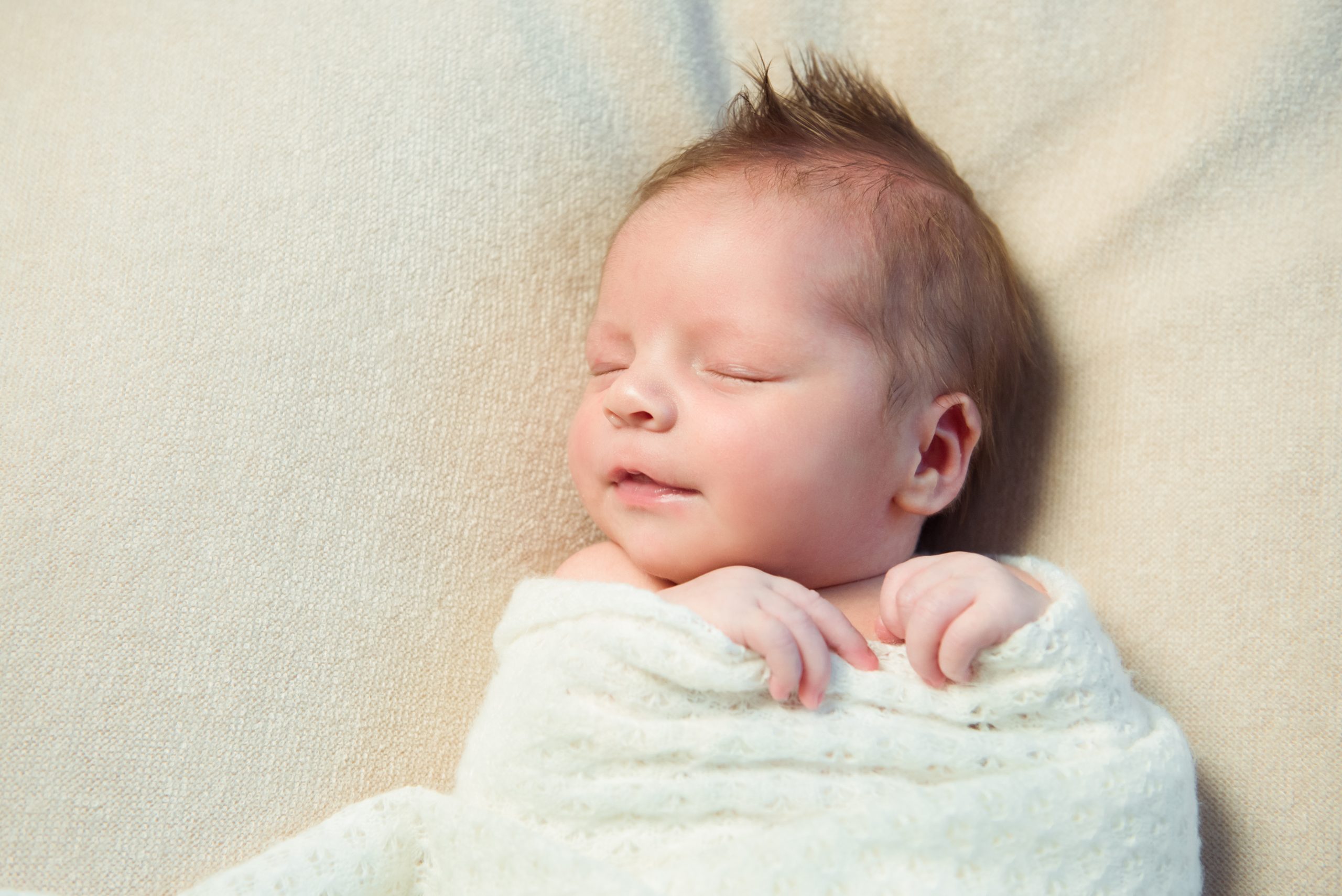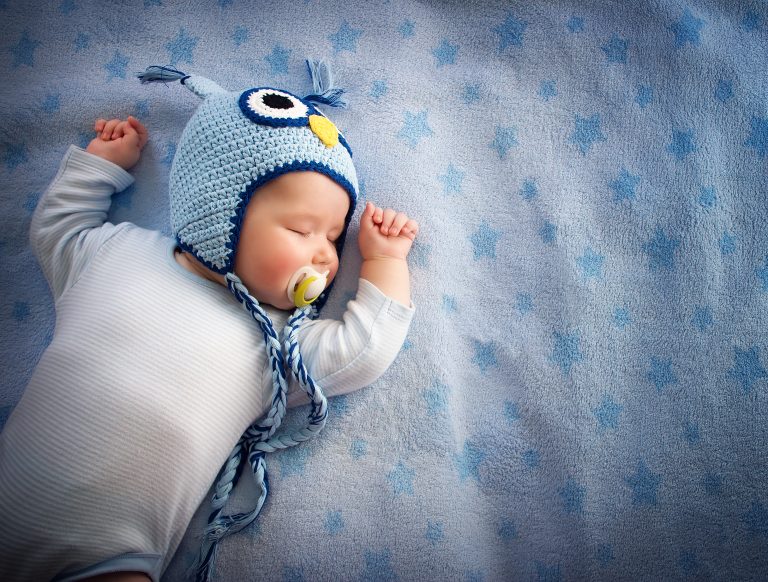How Should a Newborn Baby Sleep?
A newborn baby should be laid on their side. This prevents sudden infant death syndrome associated with placing them face down and choking on spit-up and vomit associated with placing them on their back.
Newborn Baby Sleep Routine
When a baby is born, they cannot distinguish between day and night because there is no day or night in the womb. They can sleep all day and stay awake all night. To prevent this, you should keep the baby in bright, active, noisy environments during the day, and talk to or play music to them while changing nappies or breastfeeding. Conversely, at night, you should breastfeed in dimly lit, quieter environments, and change nappies quietly, thus teaching the baby the difference between day and night. For details: All Details About Newborn Sleep Routine
Nappy Cleaning for Newborn Babies
A newborn baby’s skin is very sensitive. Alcohol-free, pH-balanced, gentle products should be used for nappy cleaning. You should clean their nappy approximately every 3 hours, never leaving it soiled. Water is also a good alternative for nappy cleaning. After cleaning, you should dry with a towel or soft paper towel, and use pure olive oil or an appropriate moisturizer to both nourish and create a protective barrier.
Umbilical Cord Care
The umbilical cord provides the baby with nourishment and oxygen from the mother in the womb. During childbirth, the umbilical cord is properly cut. The attached part to the baby falls off after a while. This period is between 3 to 10 days on average. The umbilical cord must be kept very clean because infections can lead to serious consequences. Dressings should be done at least twice a day, covered with a sterile gauze pad to prevent contact with stool and urine. The most suitable material for dressing is 70% alcohol. However, depending on the conditions at the time, mercurochrome or betadine can also be used.
Room Temperature
The ideal room temperature for a newborn baby is around 22 degrees Celsius. Higher temperatures are recommended for premature babies. After the newborn period, room temperature between 18-22 degrees Celsius is sufficient. In very hot weather, the humidity decreases, and the baby’s respiratory tract defence mechanism may be damaged.
How Should a Newborn Baby Be Dressed?
A newborn baby may feel colder in the first days because they haven’t fully adjusted to the external environment. Especially their hands and feet may require warming with gloves and socks. Hats are not preferred because they can cause seborrheic dermatitis on the scalp. The baby’s inner clothing should always be pure cotton in every season, and outerwear should also be a cotton jumpsuit. Complete jumpsuits rather than elastic waist garments should be preferred for newborn babies. It is suitable for the baby to wear a mercerized or thin woollen vest in winter. In winter, muslin and in summer, cotton blankets should be preferred. Furry blankets should be avoided.
First Bath
There is no specific time for a newborn baby’s first bath. As long as the umbilicus is well cared for, they can be bathed before the umbilicus falls off. A newborn baby, especially after the umbilicus falls off, should be bathed every day. Bathwater can be around 38 degrees Celsius.
How Should a Newborn Baby Be Bathed?
The room temperature can also be around 26 degrees Celsius when bathing a newborn baby. Fill the baby bath with water at 38 degrees Celsius with baby bath foam added. The baby is put into the bathtub vertically with their head out. The body is briefly and quickly washed with a thin towel. The head is also washed with baby shampoo. Water is poured onto the baby from the back of the head, and the baby is quickly wrapped in a towel. The baby bath should be suitable for standard measurements. A washing file can be used inside.
Bath Temperature
The bath temperature should be 37-38 degrees Celsius, which is the body temperature.
Gas Problem in Newborn Babies
Gas pains are the most common problems observed in babies. They experience gas pains depending on the air they swallow while sucking. The protein structure of breast milk can also be effective. When breastfeeding, mothers can reduce gas swallowing by giving the baby not only the nipple but also the entire brown tissue in the breast. It is good to remove the baby’s gas for a long time after each breastfeeding. For this, the baby is held upright in the mother’s arms, and their back is patted. They expel stomach gas by burping. Despite all precautions, applying a lightly heated towel to the baby’s abdomen and making cycling movements with their legs may help if the baby still has gas pain.
When Should You Consult a Doctor?
If the newborn baby has jaundice, hasn’t urinated in the first 24 hours, hasn’t had a bowel movement in the first 48 hours, has severe vomiting, has a fever, shows reluctance to breastfeed, or has no lively crying, you should consult a doctor. However, do not be afraid of your baby vomiting. Babies often vomit a little after breastfeeding, especially when their gas is removed, and this is normal. Pathological vomiting, on the other hand, is explosive and can be unrelated to feeding. In this case, you can consult your doctor.




